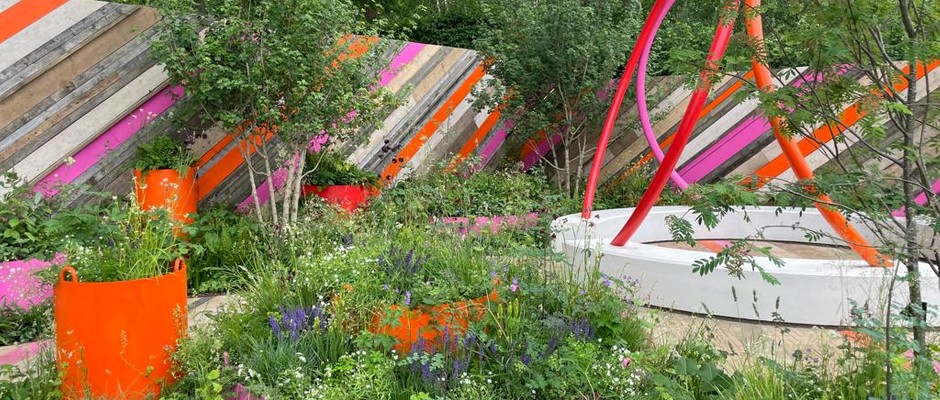
Chelsea Flower Show 2022 demonstrates how plants can future proof our world
Gardens Illustrated's deputy editor Sorrel Everton looks back over Chelsea Flower Show 2022 and picks out the themes and trends
The RHS Chelsea Flower Show is full of themes and trends – top plants, top colours, best trees, new hard materials, water features, and more. It’s an incredible gathering of ideas and source of inspiration, with designers and plantspeople curating key messages and details for consideration and discussion – along with many a genuine ooh and aah at the beauty of it all.
This year there was a clear sense of how gardens can contribute to our health and wellbeing as individuals and to the benefit of nature and biodiversity more widely. In trying to round up the Chelsea 2022, it struck me that these are no longer peripheral messages (oft criticised for being shoe-horned into a garden’s otherwise planterly design) but with a bit of openness and understanding on our behalf, plants can indeed help our ailing planet on a much more fundamental level. More and more research is leading that way and finally we are beginning to listen to both scientists and our own hearts.
So, what if we really did look to plants to help future-proof our world? Here are some thoughts highlighted from the show
Don't miss our Chelsea Flower Show hub page for all our coverage of this year's show.
Rewilding
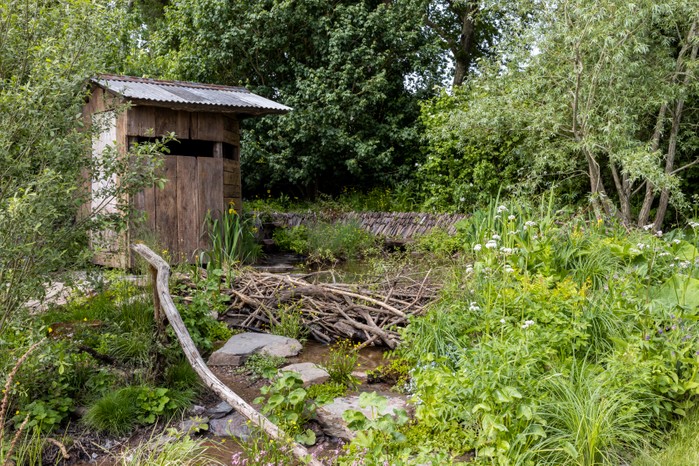
This is a hot topic in farming and land management. It was interesting to see it brought to garden consideration in Lulu Urquhart and Adam Hunt’s A Rewilding Britain Landscape. This was the show gardens Best in Show and worked hard to make us reconsider what a shared garden landscape might look like were we to work with nature to nourish and heal ecosystems. For some, this was likely a stretch too far for a garden but the message was loud and clear: it’s now up to us to consider ways in which we harness the power of plants in our own gardens on a multitude of interconnected levels.
For more on garden rewilding, The Knepp Estate is running a series of garden safaris with head gardener Charlie Harpur - kneppsafaris.co.uk
Rethinking clothes fibres
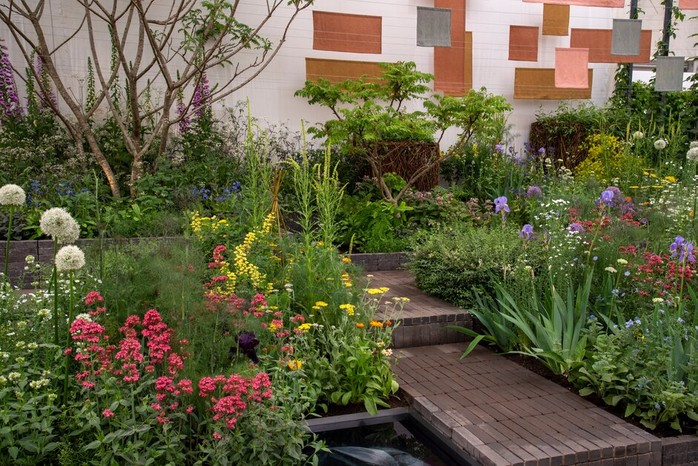
The fashion activism movement Fashion Revolution worked with first-time show designer Lottie Delamain to bring us A Textile Garden as part of the new All About Plants category, to spotlight the disconnect between fashion, our everyday clothing, and the harmful ways these items are produced. As well as highlighting a wealth of plants for natural dyes, it was interesting to learn of alternative fibres that could be used to move us away from the reliance on cotton and synthetic fibres. The trusty nettle – a feature on many of this year’s show garden – is not only great for insects, it is also edible, can be used as a natural dye, and it can also be used as a fibre. Nettles grow in such abundance here in the UK; could we not be putting them to more use?
Plant resilience
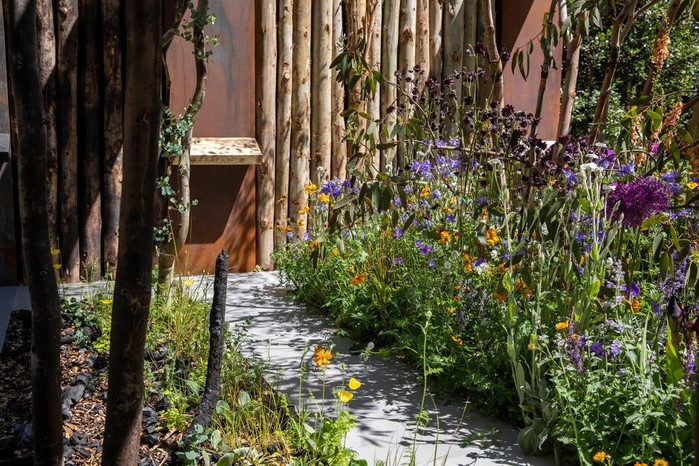
Show gardens were full of examples of the incredible resilience of plants – something often taken for granted. The Plantsman’s Ice Garden from John Warland is an obvious example, with its powerful representation of the loss of permafrost as climate change accelerates. As dramatic and fearful as this is, John brought to the fore the opportunities this might bring us in releasing a long dormant seedbank of potentially useful and resilient plants that could aid in our adaptation to a changed climate.
Meanwhile Jennifer Hirsch’s The Body Shop Garden made powerful use of plant resilience to represent the positivity and possibility of societal regeneration. Her design used shoots of eucalyptus emerging from scorched earth that progressed to flourish and support a varied ecosystem. It’s how nature has healed for millennia and given repeated occurrences of devasting wildfires and indeed war-torn cities, we hope for such continued plant resilience to lead our recoveries.
Human resilience
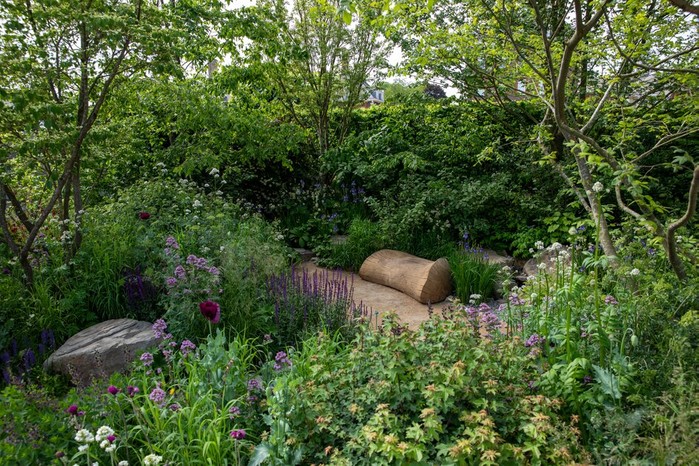
So many examples here in many of the gardens, from Andy Sturgeon’s The Mind Garden and how a garden setting might encourage people to open up and reach out for support, to Hugh and Howard Miller’s Alder Hey Urban Foraging Station, which will be relocated to Alder Hey Children’s Hospital in Liverpool as a space to allow children suffering mental health concerns to encounter a sense of freedom and discovery.
Other standouts were Jamie Butterworth’s exquisite Place2Be Securing Tomorrow Garden, where a calming dell, hugged by trees, foliage and flowers felt such a secure place to enable children to speak about their worries. The garden is to be relocated to Viking Primary School in west London and Jamie worked closely with pupils and staff to consider how to address emotional wellbeing.
And Darryl Moore and Adolfo Harrison’s St Mungo’s Putting Down Roots Garden. A brilliant charity that uses horticulture as therapy for people recovering from homelessness. Here a resilience was embodied in the brightly coloured planters and structures that allowed planting to be layered at different heights and in different aspects to create an uplifting and useable urban park. All materials were recycled and as such given a new lease of life – an appropriate message on this garden where learning new skills is part of the therapy.
Soil
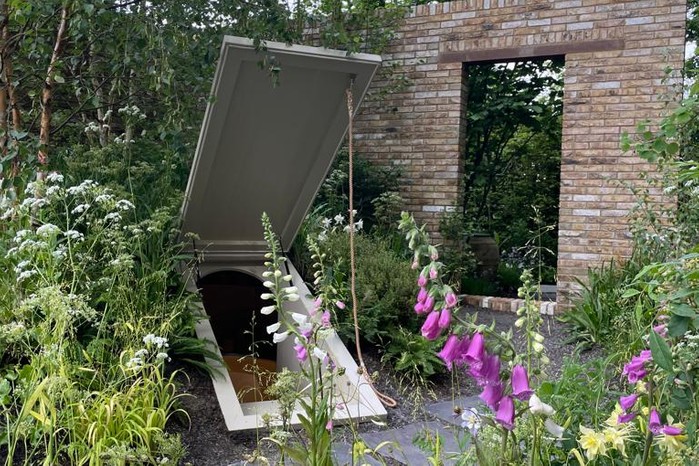
And finally, soil is where it is at. From award-winning peat-free composts, to Juliet Sargeant’s Discover Soil Garden, to preserving peat bogs for CO2 capture, to plenty of examples of embracing gravel and dirt pathways, and using planting to protect our soil. Stand out for me was Paul Hervey Brookes’ Brewin Dolphin Garden where the plants were chosen for their abilities to clean the contaminated soils often found in urban and industrial environments. And I can’t finish without mentioning Paul’s earth fridge. Yes, not soil as such but a brilliant way of harnessing the natural attributes of earth as a low-impact solution to keeping food fresh. As larders in our kitchens with cold-stone shelves see a return to favour, why not bring back the idea of the icehouse for 21st-century living – and beyond.
Head to our Chelsea Flower Show hub page for all the latest coverage of the Show
Authors
Sorrel Everton is deputy editor of Gardens Illustrated.

Niwaki bundle worth £57 when you subscribe
Subscribe to Gardens Illustrated magazine and claim your Niwaki bundle worth £57
*UK only
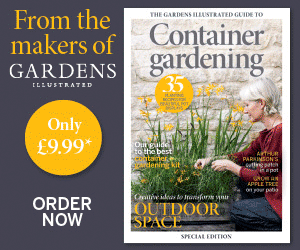
Container Gardening Special Edition
The Gardens Illustrated Guide to Container Gardening.
In this special edition, discover colourful flower combinations and seasonal planting schemes for pots designed by leading plantspeople, and essential know-how for container gardening success. Just £9.99 inc UK p&pBy entering your details, you are agreeing to our terms and conditions and privacy policy. You can unsubscribe at any time.
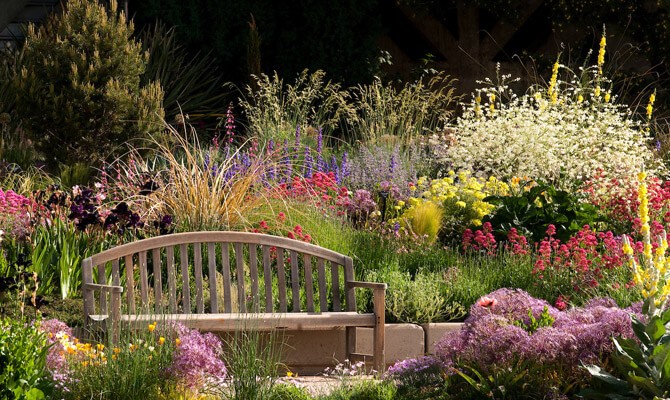
Gardens of the Globe
From botanical wonders in Australia to tranquil havens closer to home in Ireland, let this guide help you to discover some of the most glorious gardens around the world
By entering your details, you are agreeing to our terms and conditions and privacy policy. You can unsubscribe at any time.






